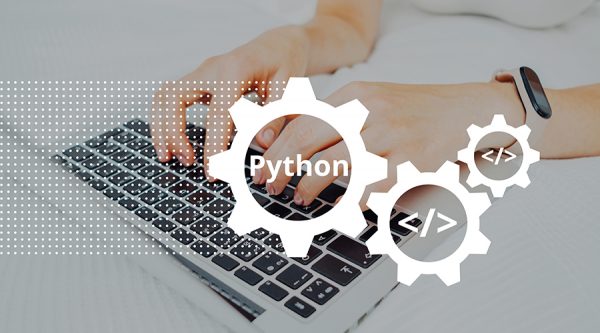Python has cemented its position as the go-to language for data analysis and machine learning. Python makes it simpler than ever to dig into the field of machine learning because of its simplicity, versatility, and abundance of tools and frameworks. There are several Python tutorials available to help you master machine learning, whether you’re a novice or an expert programmer trying to improve your skills. In this article, we’ll look at 10 Python machine-learning lessons that will help you become more knowledgeable and skilled.
Your initial Python machine-learning project
You will be guided through creating your first Python machine-learning project in this lesson. The session provides a thorough introduction to machine learning using Python and is designed for beginners.
Following learning, you can construct six distinct machine learning models, evaluate their effectiveness, and pick the top one. Finally, you will apply k-fold cross-validation to boost your belief in the precision of the selected model and make predictions based on fresh data.
Python Tutorial for Speech Recognition
In this session, voice recognition is discussed and shown in usage with Python. It introduces the basics of speech recognition as well as the major PyPI programs. The SpeechRecognition package is the main focus of the article, which shows readers how to install and use it to detect speech from audio files or microphone input. An example of code is provided to demonstrate how to utilize the box.
Sentiment Analysis Tutorial: Python NLTK Library Introduction
Using the NLTK framework, this lesson covers sentiment analysis in Python. The lecture goes through the main NLTK features for processing text data as well as the various sentiment analysis approaches. By the end of the lesson, the user will have a firm understanding of both the fundamental features of NLTK and the various sentiment analysis approaches, enabling them to conduct sentiment analysis and base decisions on the results of that analysis on data.
Tutorial for Linear Regression in Python
The fundamental machine-learning technique in Python is created step-by-step in this lesson. The lecture covers the prerequisites, which include familiarity with Python and its libraries, knowledge of gradient descent, and rudimentary knowledge of statistics and probability. By the end of this course, you will be able to construct a linear regression model in Python and evaluate the effectiveness of the model.
Python Machine Learning Introduction
This course covers a range of techniques and approaches, including the k-nearest neighbor classifier, neural networks, linear regression, Naive Bayes classifier, clustering algorithms, and decision trees, to introduce Machine Learning and Python. Among other libraries and technologies, it also covers TensorFlow, Scikit-Learn, and NumPy.
Tutorial: Create a Neural Network and Make Predictions
You will learn how to build a neural network from scratch in Python for AI applications in this tutorial. It covers the principles of artificial intelligence, machine learning, and deep learning and explains how a neural network functions. The setting up of input and output layers, construction of a hidden layer, and use of the sigmoid activation function are all described in detail. It also describes how predictions are made using a neural network and how to determine how accurate they are.
Python Tutorial for Data Science: An Introduction
This course presents NumPy, a Python data science package, in great detail. It covers the core ideas and methods of NumPy, including how to build arrays, use arrays to do useful computations, and index and slice arrays.
Python machine learning tutorial using Scikit-Learn
The basics of Python machine learning using the scikit-learn framework are covered in this tutorial. The following topics are covered: data exploration, preprocessing, model development, prediction, validation, and performance assessment. The lesson demonstrates how to build a classification model with the Support Vector Machines (SVM) algorithm and an unsupervised model using the KMeans technique.
A tutorial for Data Version Control with Python and DVC
This post will demonstrate how to manage data versions in machine learning and data science projects using the DVC tool. It explains how to set up and use the tool, track datasets, commit change models, and work with other team members. Additionally, it emphasizes how crucial data version control is to accurately reproducing studies and avoiding data loss.
Face Recognition with Python instruction
This lecture covers face detection using Python. It describes how features in images are recognized by computers, as well as how these features are analyzed to identify human faces. It illustrates a straightforward Python method for face recognition in pictures using the OpenCV module.









